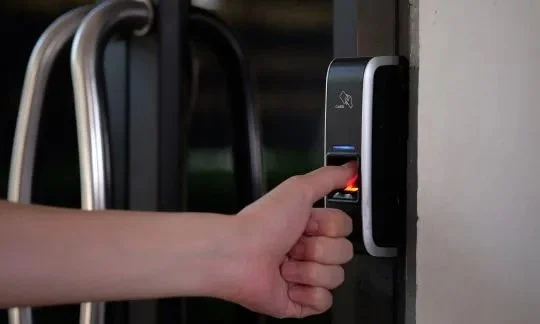
How to Safely Install a Biometric Lock for Maximum Protection
Installing a biometric lock is one of the most effective ways to enhance the security of your home or office. With the growing need for advanced security solutions, biometric locks offer a high level of protection by using fingerprint, iris, or facial recognition technology. However, proper installation is key to ensuring that the lock functions efficiently and provides maximum protection. In this guide, we will explore how to safely install a biometric lock and ensure its effectiveness.
- 1. Understanding the Benefits of Biometric Locks
- 2. Choosing the Right Biometric Lock for Your Needs
- 3. Step-by-Step Guide to Installing a Biometric Lock
- 4. Tips for Ensuring Maximum Protection with Your Biometric Lock
- 5. Common Mistakes to Avoid When Installing a Biometric Lock
1. Understanding the Benefits of Biometric Locks
Biometric locks are designed to offer a more secure and personalized way to access your property. Unlike traditional locks, which rely on keys or codes, biometric locks use unique biological features such as fingerprints, facial features, or iris scans. Here are some key benefits:
- Enhanced Security: Biometric locks are difficult to bypass as they require a specific biological feature, making them more secure than conventional locks.
- Convenience: With biometric recognition, you no longer have to worry about losing keys or forgetting combinations.
- Audit Trails: Some biometric locks can log who accessed the property and when, providing an additional layer of security.
2. Choosing the Right Biometric Lock for Your Needs
Before installing a biometric lock, it’s essential to choose the right one for your specific needs. Consider the following factors:
- Type of Biometric Recognition: Decide whether you want a fingerprint-based, facial recognition, or iris scanning lock, depending on your security preferences and the level of convenience you desire.
- Lock Compatibility: Make sure the lock is compatible with the type of door or surface you plan to install it on.
- Durability: Choose a lock that is durable and weather-resistant if you plan to use it outdoors.
- Additional Features: Some locks come with additional features such as remote control access, backup keypads, or smartphone integration. Consider these features based on your needs.
3. Step-by-Step Guide to Installing a Biometric Lock
Once you’ve selected the appropriate biometric lock, follow these steps for a safe and secure installation:
- Prepare the Installation Site: Ensure the door or surface is suitable for the biometric lock. Measure and mark the placement of the lock and ensure the door frame is stable.
- Install the Lock Mechanism: Follow the manufacturer’s instructions to install the biometric lock. Typically, this involves attaching the lock mechanism to the door frame and securing it with screws.
- Connect the Power Supply: Biometric locks usually require a power source, whether it’s batteries or a hardwired connection. Ensure the power supply is installed correctly to avoid any interruptions.
- Set Up the Biometric Recognition: Follow the instructions to register your fingerprint, face, or iris scan. Ensure the recognition system is calibrated for accuracy.
- Test the Lock: Test the lock by scanning your fingerprint or face to ensure it works correctly. Adjust settings if necessary.
4. Tips for Ensuring Maximum Protection with Your Biometric Lock
To get the most out of your biometric lock, here are some tips to ensure maximum protection:
- Regularly Update Your Biometric Data: Ensure that your fingerprint or facial scan is updated regularly to maintain accuracy.
- Use Backup Access Options: In case the biometric lock malfunctions, have a backup key or code that can be used in an emergency.
- Keep the Lock Clean: Regularly clean the biometric scanner to ensure it functions properly. Dust and dirt can affect the accuracy of the scan.
- Monitor Access Logs: If your lock has access logging features, regularly check who has entered your property and when.
5. Common Mistakes to Avoid When Installing a Biometric Lock
Installing a biometric lock can be tricky if you’re not familiar with the process. Avoid these common mistakes:
- Incorrect Placement: Ensure the lock is placed at the proper height and aligned correctly on the door to ensure smooth operation.
- Skipping the Calibration: Don’t skip the calibration process. Properly registering your biometric data is crucial for the lock’s effectiveness.
- Ignoring Manufacturer Instructions: Always follow the manufacturer’s instructions carefully to avoid installation errors and potential malfunctions.
- Forgetting to Test: Never skip the testing phase. After installation, thoroughly test the lock to make sure it works properly under different conditions.
By following these steps and tips, you can safely install a biometric lock and ensure it provides the maximum protection for your property. If you're looking for professional assistance or additional products related to security systems, visit Locksmith Finder to find the best solutions.

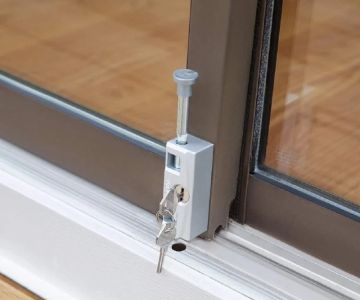
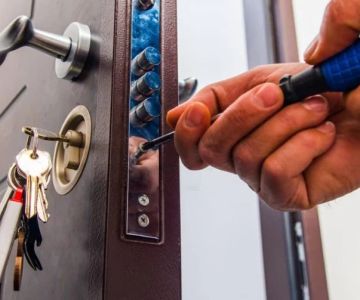
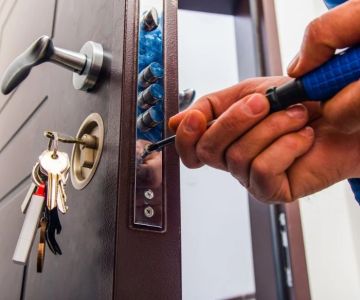


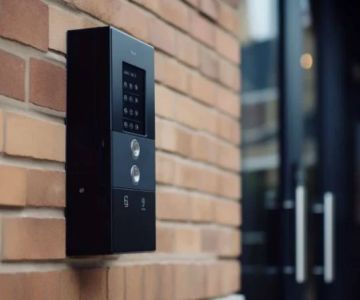
 Minute Key3.0 (3 reviews)
Minute Key3.0 (3 reviews) KeyMe Locksmiths5.0 (2 reviews)
KeyMe Locksmiths5.0 (2 reviews) KeyMe Locksmiths4.0 (16 reviews)
KeyMe Locksmiths4.0 (16 reviews) Anvil Locksmith, LLC4.0 (103 reviews)
Anvil Locksmith, LLC4.0 (103 reviews) KeyMe Locksmiths5.0 (1 reviews)
KeyMe Locksmiths5.0 (1 reviews) KeyMe Locksmiths5.0 (1 reviews)
KeyMe Locksmiths5.0 (1 reviews)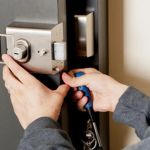 The Benefits of Combining Physical and Electronic Security Measures
The Benefits of Combining Physical and Electronic Security Measures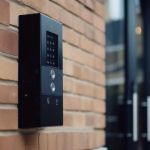 The Benefits of Installing an Intercom System in Your Home
The Benefits of Installing an Intercom System in Your Home How to Protect Your Home from Lock Fraud: Locksmith Tips
How to Protect Your Home from Lock Fraud: Locksmith Tips The Importance of Installing a High-Security Lock on Your Back Door | Locksmith Finder
The Importance of Installing a High-Security Lock on Your Back Door | Locksmith Finder How to Secure Sliding Glass Doors With Smart Locks and Deadbolts
How to Secure Sliding Glass Doors With Smart Locks and Deadbolts How to Maintain Your Smart Locks for Smooth Performance
How to Maintain Your Smart Locks for Smooth Performance